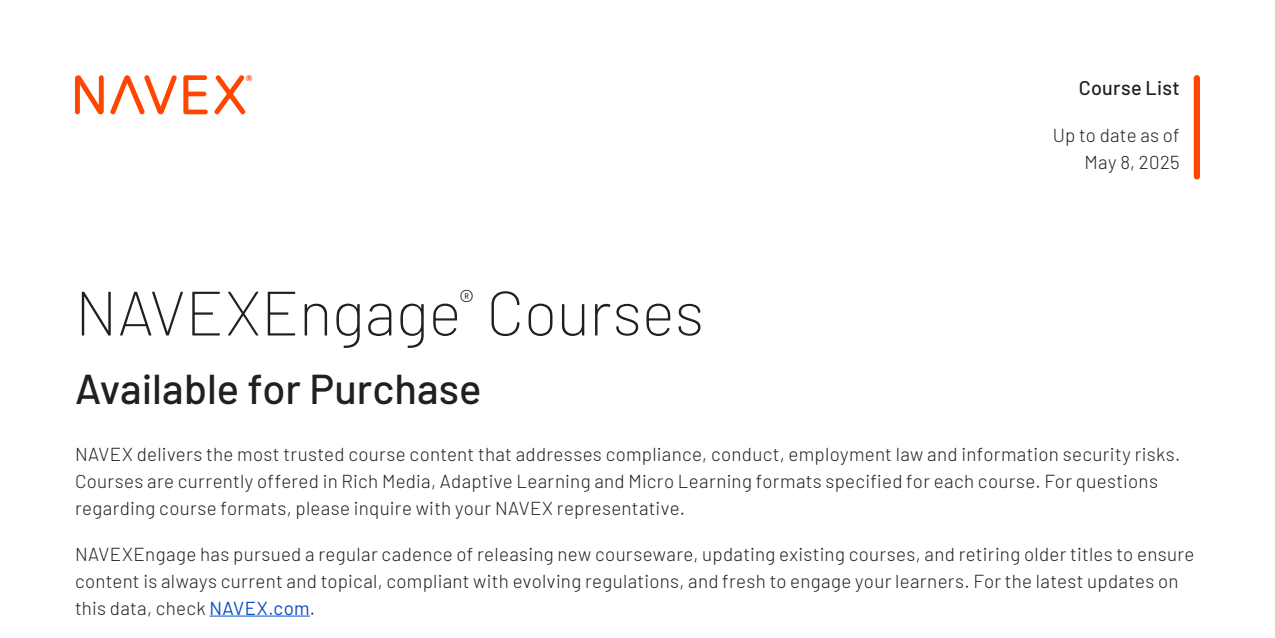The past three years have brought many changes to how and where work is done. What started as a response to the global pandemic, remote and hybrid work is now here to stay. And this paradigm of work comes several cultural shifts and new concerns for Compliance and HR to address. Once of which is how to address workplace harassment, which has also evolved to the new ways of working. This post discusses workplace harassment in remote and hybrid environments and the importance of leveraging training to help create a culture of ethics and respect.
What does workplace harassment look like in remote environments?
While many of us are used to blatant examples of workplace harassment often displayed in training videos, harassment in a remote environment is far more nuanced than inappropriate comments in the lunchroom. For example, many organizations likely experienced an increase in adoption of instant messaging in the last few years. Now, sending a quick message to a co-worker is now the norm. However, there are several risks with this form of informal communication. Consider the following risks you may have encountered with using instant messaging to communicate:
- Online communications tend to be more casual and conversational in their tone. And when people write casually, they can sometimes forget that they still need to be professional.
- Texts, instant messages and emails allow people to quickly and instantly reach out to co-workers, asking quick questions and getting quick responses. In the rush to get the messages across, however, abbreviations can be misinterpreted and context can get lost, which can give rise to misunderstandings.
- Have you ever sent a message when you were angry or irritated – only to regret sending it a short time afterward? In online communications, anger can come across as bullying – or even harassment.
The subtleties of virtual harassment
Some forms of workplace harassment are simple to identify. For example, when thinking of sexual harassment in the workplace, most of us can recall scenarios of unwanted comments or contact. But in a virtual environment, harassment can be far more subtle and just as invasive. While virtual harassment can be easily documented in the form of emails and instant messages, other examples include intentionally wearing offensive clothing or having items in the background (or virtual backgrounds) that could be considered harassment.
Also consider how prolific social media is today and how personal accounts can lead to cyberbullying in the workplace. Bullying across platforms is not a new concept, but it is certainly increasing as issues like workplace civility are on the rise, according to recent NAVEX hotline data.
Despite best efforts to avoid it, virtual harassment happens inside and outside working hours. This can take the form of unwanted direct messages or comments, inappropriate image and post sharing, disclosing personal information without permission, and many more. Addressing workplace harassment in a virtual environment requires a combination of vigilance and establishing an ethical culture.
How to avoid workplace harassment
Too often, instances of harassment are swept under the rug and allowed to persist – creating a toxic work environment, decreasing morale and increasing turnover.
Ensuring a harassment-free workplace starts with creating a culture of ethics and respect. Best practices include having a strong code of conduct, clear policies, effective compliance training, and a hotline and incident management program that enables thorough follow-up and data to help spot trends.
Your code of conduct sets the tone for how your organization expects employees to conduct themselves – inside and outside of the workplace. This document is a powerful tool that communicates organizational values and expectations for employee conduct.
Policies and procedures also play a role in establishing what consequences will follow inappropriate conduct. Employees should know exactly what is expected of them and how your company will respond. Further, policies should be easily accessible and kept up-to-date to ensure those seeking information do not face barriers to information.
Compliance training is one of the first and most consistent tools to reach employees with important messaging. Investing in online training that is high-quality and relevant, as well as legally vetted to align with regulatory guidance is a fundamental step in preventing workplace harassment. All employees and managers should take compliance training at onboarding and at regular intervals throughout their tenure. Not only is workplace harassment training required by several states in the U.S., quality materials reflecting modern scenarios are necessary to resonate with your workforce. Specifically, workplace harassment training is recommended annually, whereas some other topics are recommended on a less-frequent basis.
An effective hotline and incident management program allows for proper management of incidents as they are reported. Consistent documentation is key to identifying trends and repeat offenders and enables organizations to provide additional support where needed to address harassment. Data from hotline intake paints a vivid picture of your organization’s culture, and if avoiding workplace harassment is on the agenda, this is a great place to start.
Final words
Creating a culture that has zero-tolerance for harassment is arguably more difficult in remote and hybrid environments. While workplace harassment is not a new problem, remote and hybrid work, social media, and the complexities of a highly virtual world add to the difficulty in addressing it. However, through clear values and policies, close attention to hotline reporting, and effective harassment training, organizations can definitively address this issue.
Ready to learn how NAVEX can help your organization address workplace harassment? Take the first step with our updated workplace harassment compliance training.


